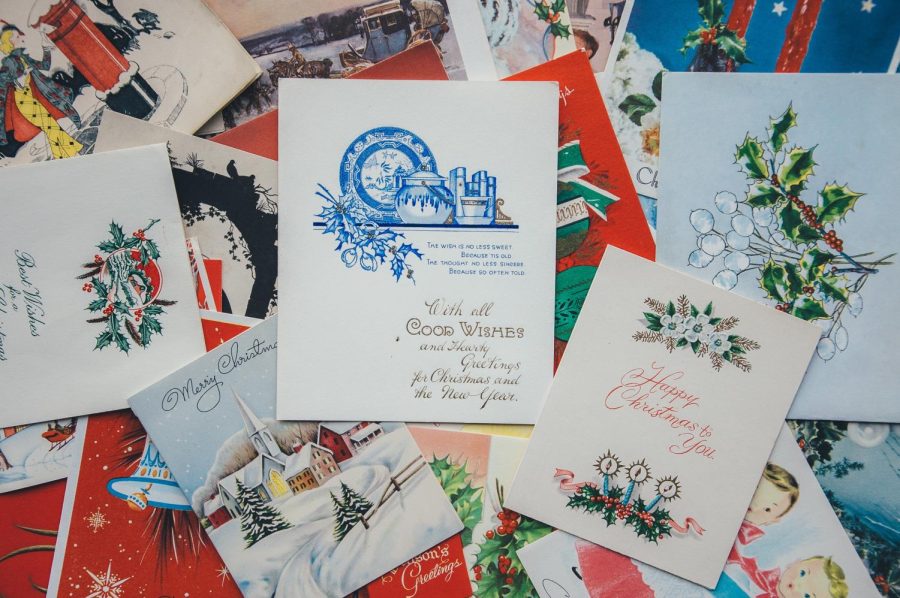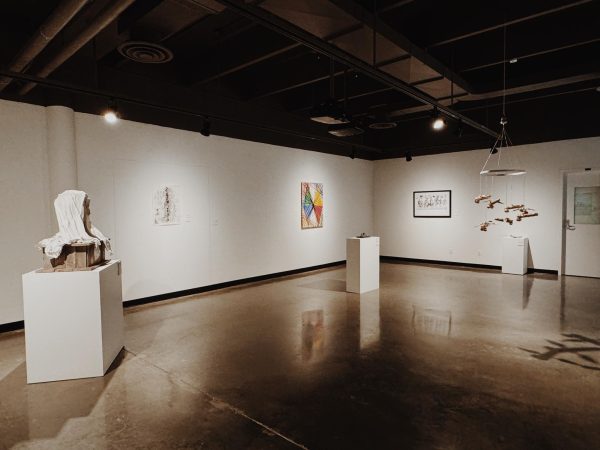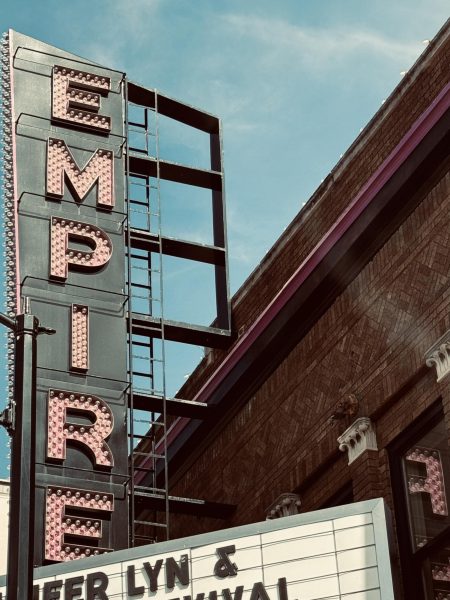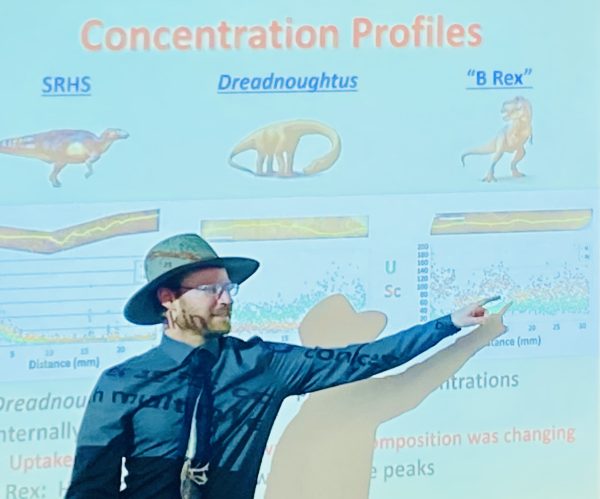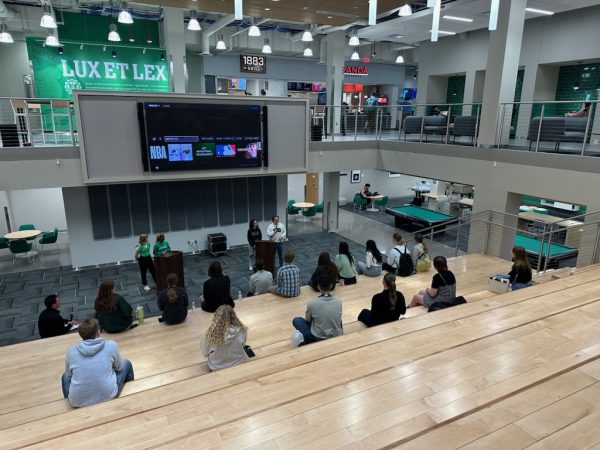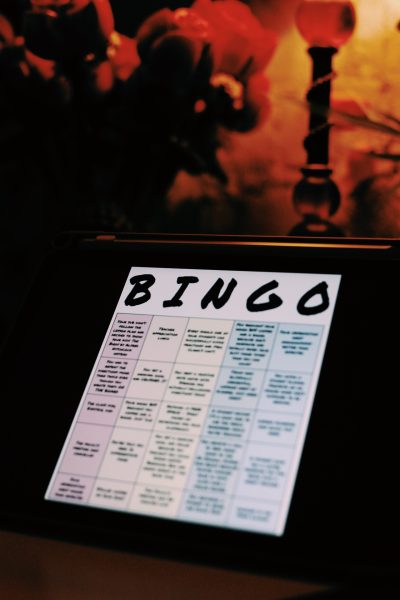A Merry Christmas
From a Hundred Years Past
December 5, 2021
The celebration of Christmas is many centuries old, originating in Rome around 336 AD. Like most new traditions, it was received with controversy. Many believed the true “birthday” of Jesus Christ was the day of his martyrdom, rather than that of his actual birth. Others believed that the holiday was paganistic and should not have been celebrated at all. However, by the 9th Century, the holiday had become a popular one. Since then, Christmas and its traditions have evolved and changed in a plethora of ways. The most recent inventions include the “Elf on the Shelf,” which began in 2005, and the “Christmas Pickle,” whose origins are a bit murkier than the hide-and-seek elf. Though the history of Christmas is rich and complex, we should pay special attention to how it has evolved— and remained the same— from a hundred years past, as an ode to our grandparents and our great grandparents whom we can still recall in our personal memories.
Perhaps the most well-known and infamous aspect of the holiday season is its music. We are all aware of the collective, societal groan that occurs when “Jingle Bells” plays in Walmart the day after Halloween. Though Christmas songs are often portrayed as a two-month burden for grocery shoppers, they offer the uncommon experience of listening to music that goes a hundred years back and even further. By the time our great grandparents first heard “Jingle Bells,” for example, it was already decades old! Similarly, “Silent Night” was written in 1818, and “Joy to the World” dates all the way back to 1719! No other kind of music has been known so ubiquitously for so many years. In the early 20th Century, however, music could not be listened to anytime, as is the case nowadays. Families had to buy records to play on the phonograph or, shockingly, sing it themselves! With our new and advanced streaming services like Spotify and iTunes, the tradition of singing carols as a family has become a rare one.
Just as these streaming services allow us to listen to any kind of music anywhere, people can virtually gather together at any time and any place. Zoom has become an extremely mainstream method of seeing our loved ones, especially in the wake of the pandemic. A hundred years ago, of course, no such services existed. If people were to see each other face-to-face, they were actually required to meet face-to-face: a modern-day paradox. Since neither house phones nor photographs were common in the early 20th Century, postcards served as a sort of text-message to loved ones who could not be seen during Christmas. One such postcard from 1915, purchased from Plain and Fancy Antiques in Grand Forks, asks a little boy named Ralph to “say hello to your papa and mommy and to Grandpaw and Grandmaw for me, by wishing you all a merry xmas and a happy New Year.”
If one was fortunate enough to gather together with family for the holiday, there were other notable differences from our modern-day Christmas. Instead of electric lights, for example, there was either tinsel or candles hanging on the Christmas tree! By the 20th Century, candles on the tree were already becoming antiquated for obvious reasons. Tinsel, fortunately, was much more common. People loved the way it caught the light of the fire without catching the tree on fire as well. Below the tree, one would find that Christmas presents were wrapped in plain, rather than colorful paper. These presents were not bought at the mall, either, for malls did not exist until 1956 (when the Southdale Center Mall was built in the Twin Cities). Instead, gifts were purchased at the local drug stores or through magazine advertisements.
While our great-grandparents’ Christmas may have looked different from our own, there are a great many more similarities that have lasted through the decades. One timeless tradition is the holiday dinner, most commonly consisting of duck or turkey, along with mashed potatoes, stuffing, cranberry sauce, and pie. Another timeless tradition is the exchanging of gifts and letters. Now that photographs are as cheap and accessible as they could possibly be, they are sent in the mail or online in the place of postcards, though they still embody the same sentiment. And, as mentioned earlier, we are all forced to partake in the tradition of Christmas music, whether we want to or not. In fact, grocery-store music is the modern equivalent of the unwelcome carolers– each generation must groan and hurry in grabbing the pudding.
Through remembering earlier Christmases, we give ode to our loved ones past, and learn to more deeply appreciate the gatherings that we hold today. Acknowledging the gift of family is another tradition that we share with our ancestors, and is one that will hopefully outlast all others. As quoted from a postcard of 1916,
“The sweetest things in life
Treasured through good or ill
Are the cherished thoughts
That by those we love,
We are remembered still.
With best wishes for a Merry Christmas.”
Claire Wehri is a Dakota Student General Reporter. She can be reached at [email protected].


